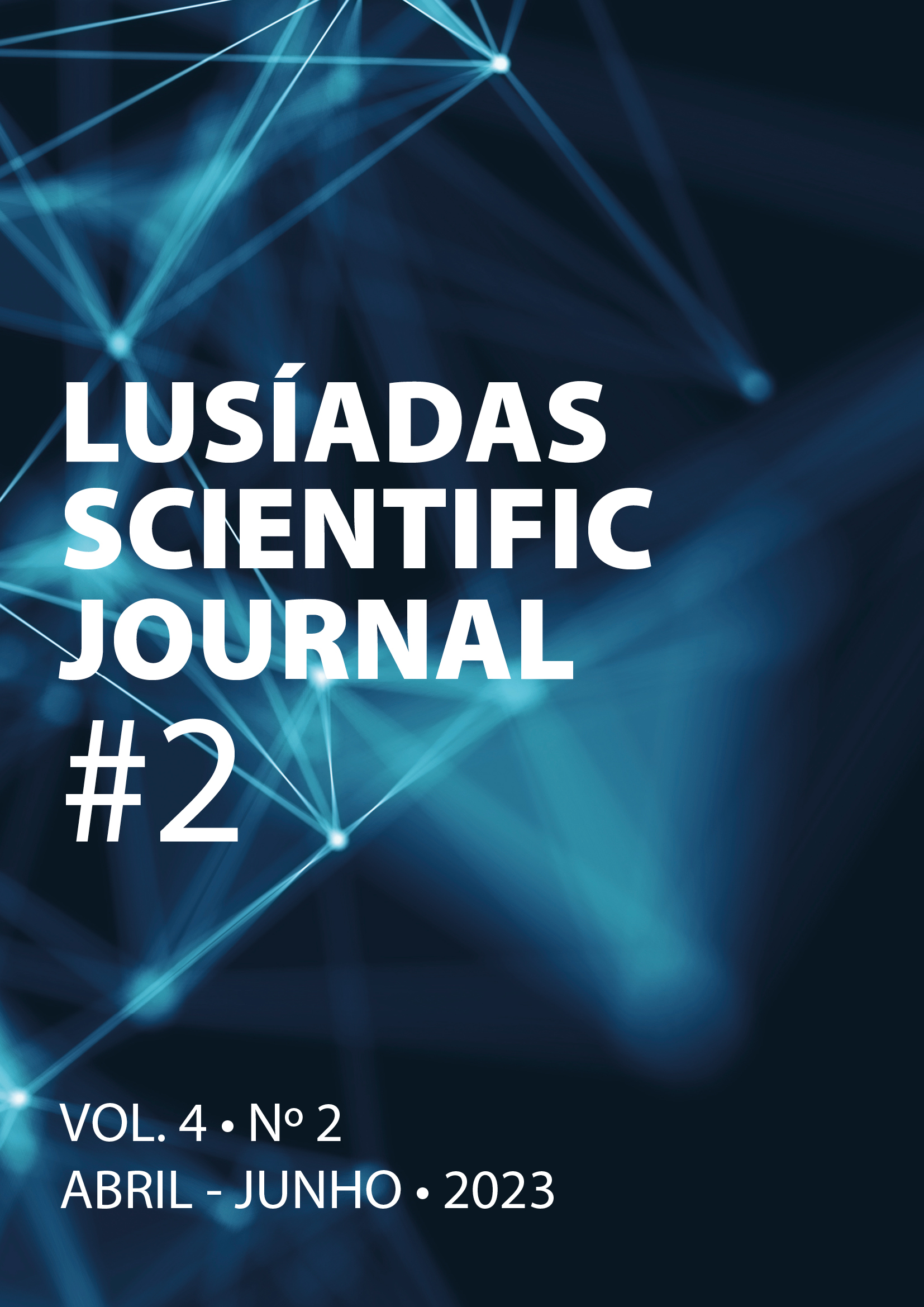Artigos de Perspetiva
Whole-Body Magnetic Resonance Imaging – What is it and How Can it be Useful?
Conteúdo principal do artigo
Detalhes do artigo

Este trabalho encontra-se publicado com a Licença Internacional Creative Commons Atribuição 4.0.
Referências
Bihan D Le, Iima M. Diffusion Magnetic Resonance Imaging: What Water Tells Us about Biological Tissues. PLoS Biol. 2015:1-13. doi: 10.1371/journal.pbio.1002203
Baliyan V, Das CJ, Sharma R, Gupta AK. Diffusion weighted imaging: Technique and applications. World J Radiol. 2016. 2016;8:785-99. doi: 10.4329/wjr.v8.i9.785
Mottet N, van den Bergh RC, Briers E, Van den Broeck T, Cumberbatch MG, De Santis M, et al. EAU-EANM-ESTRO-ESUR-SIOG Guidelines on Prostate Cancer-2020 Update. Part 1: Screening, Diagnosis, and Local Treatment with Curative Intent. Eur Urol. 2021;79:243-62. doi: 10.1016/j.eururo.2020.09.042.
Dimopoulos MA, Hillengass J, Usmani S, Zamagni E, Lentzsch S, Davies FE, et al. Role of magnetic resonance imaging in the management of patients with multiple myeloma: a consensus statement. J Clin Oncol. 2015; 33:657-64. doi: 10.1200/JCO.2014.57.9961.
Schlemmer H, Landgren O, Asmussen JT, Kaiser MF. Guidelines for Acquisition, Interpretation and Reporting of Whole-Body MRI in Myeloma: Myeloma Response Assessment and Diagnosis System. Radiology. 2019; 291:5-13. doi: 10.1148/radiol.2019181949.
Petralia G, Karow D, Zugni F. Oncologically Relevant Findings Reporting and Data System ( ONCO-RADS ): Guidelines for the Acquisition , Interpretation , and Reporting of Whole-Body MRI for Cancer. Radiology. 2021;299:494-507. doi: 10.1148/radiol.2021201740.

